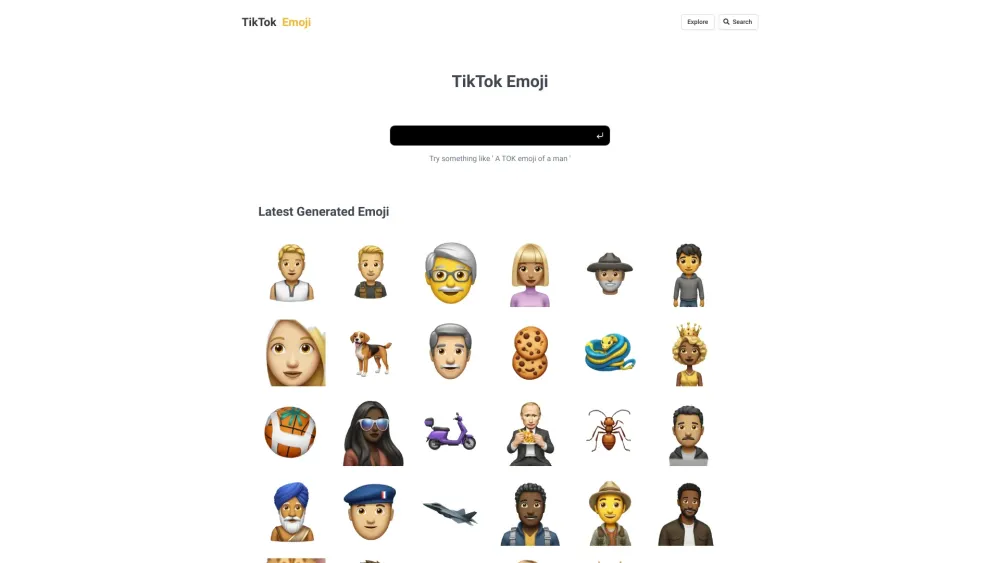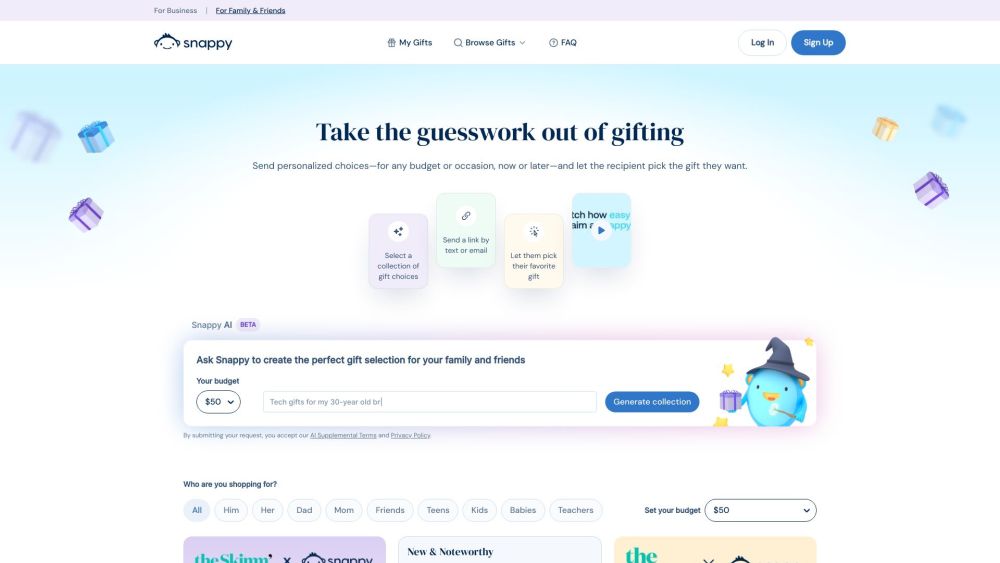MIT's Innovative Soft Robotic System for Efficient Grocery Packing
Most people like

Unlock your creative potential by designing one-of-a-kind emojis for TikTok! In this guide, we’ll explore how to craft expressive emojis that elevate your content and engage your audience. Whether for personal flair or brand identity, unique emojis can make your TikTok posts stand out. Let's dive in and discover the art of emoji creation for social media success!

Elevate your video content with our AI-powered video enhancer, designed to significantly boost resolution and overall quality. Transform your ordinary footage into stunning, high-definition visuals effortlessly.

Introducing an innovative AI app designed for self-diagnosis and seamless connections with healthcare professionals. This cutting-edge solution empowers users to evaluate their health effectively while facilitating direct access to qualified doctors for personalized care.
Find AI tools in YBX
Related Articles
Refresh Articles

